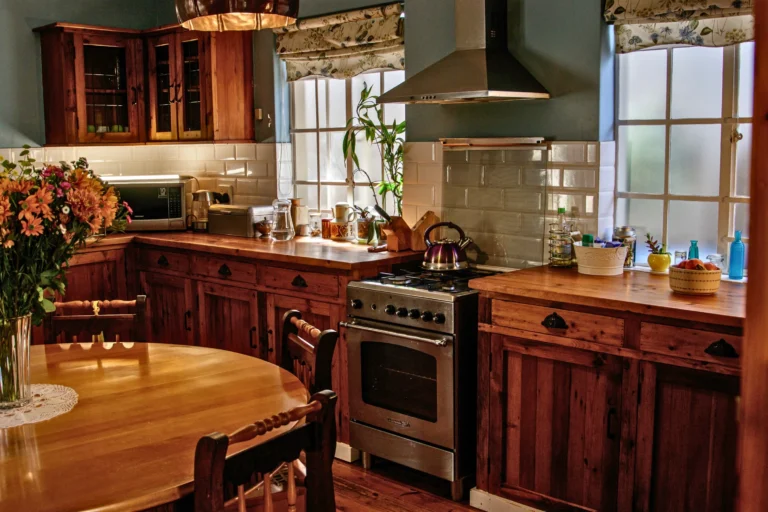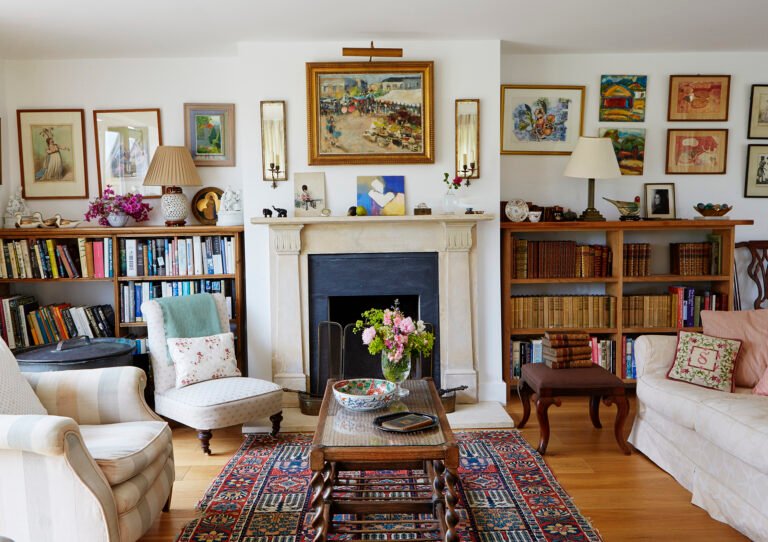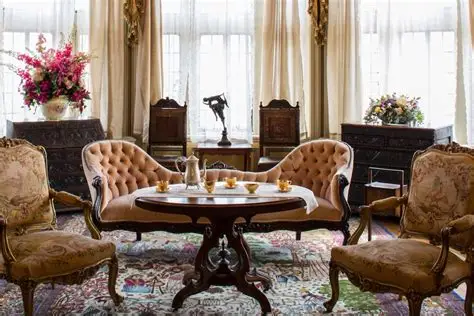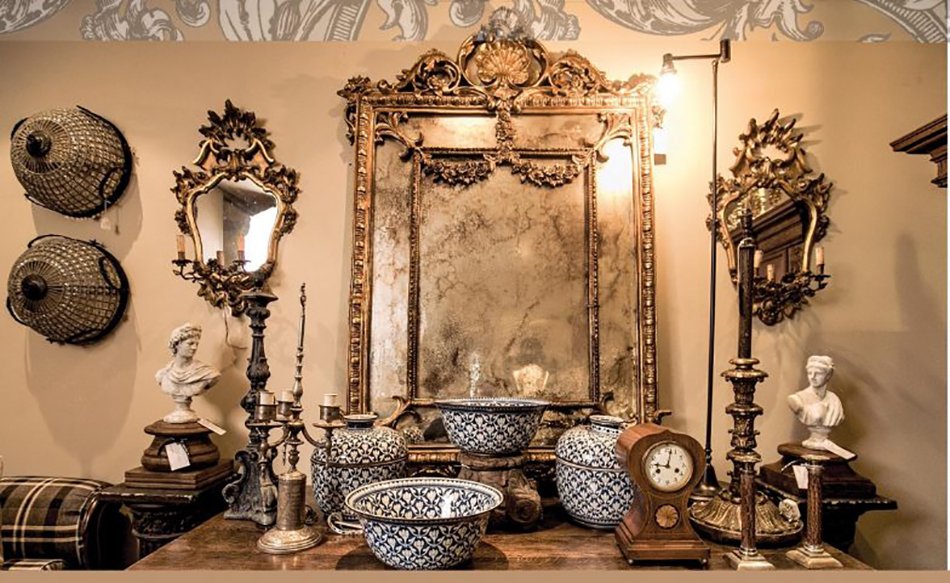
Unique Antique Furniture Styles for Collectors
Antique furniture offers a glimpse into the past, bringing timeless beauty and character into your home. For collectors, the allure of unique antique furniture styles lies in their rarity, craftsmanship, and the stories they tell. These pieces are not just functional; they are treasured works of art that represent different periods of history, craftsmanship, and culture. Whether you’re an experienced collector or new to the world of antiques, understanding the variety of antique furniture styles can help you build a collection that is both valuable and visually stunning.
In this article, we’ll explore some of the most unique antique furniture styles that collectors seek. From Baroque to Mid-Century Modern, each style has its own distinctive features and appeal. By understanding these styles, you’ll be able to spot hidden gems and add pieces that will elevate your collection for years to come.
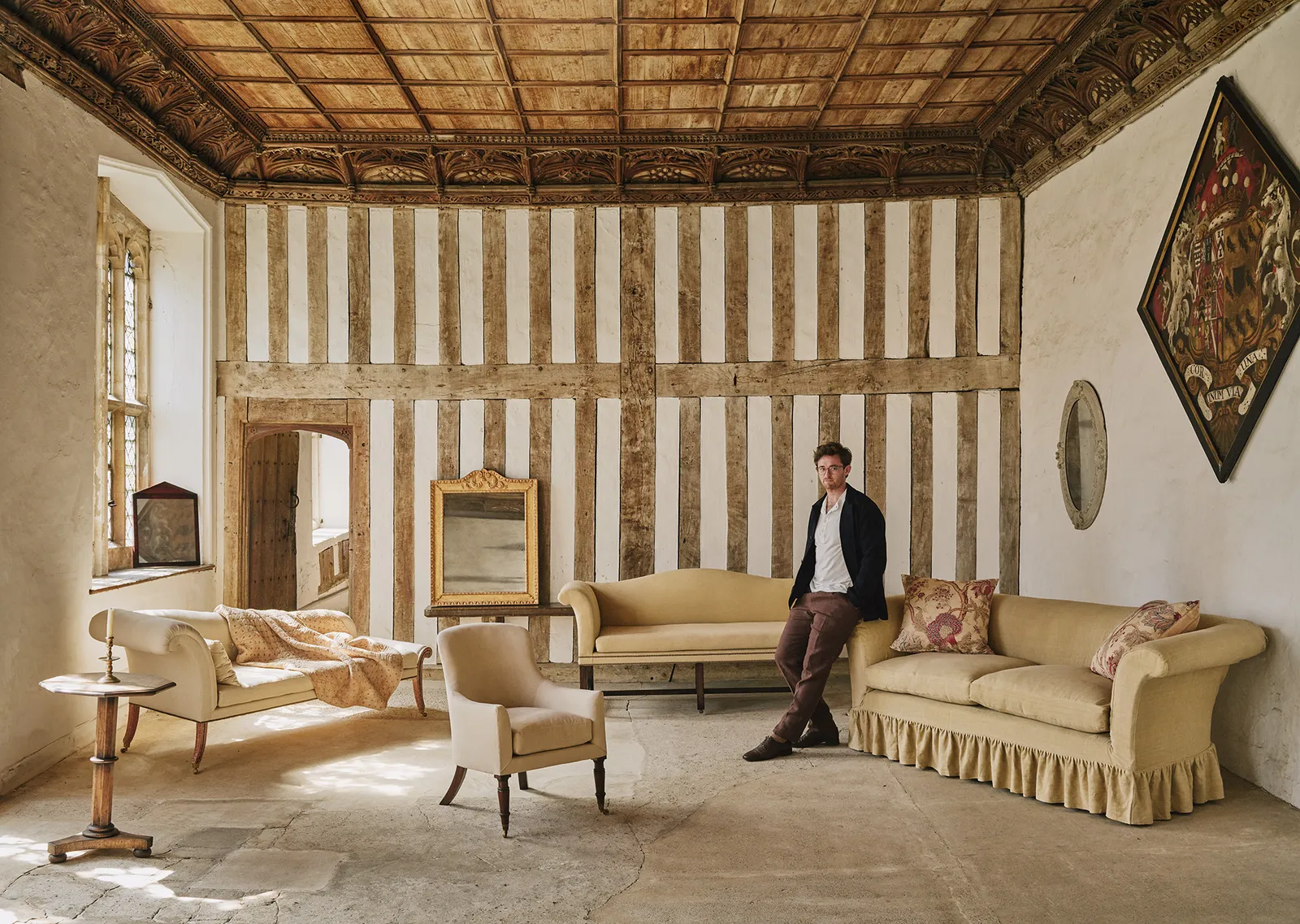
The Timeless Elegance of Baroque Furniture
Baroque furniture is characterized by its grandiose and elaborate designs. Originating in the 17th century, this style is marked by dramatic curves, bold carvings, and ornate details. Baroque furniture was often crafted from rich hardwoods like walnut and oak, and it features heavy, luxurious designs that exude opulence.
1. Features of Baroque Furniture
-
Elaborate carvings: Furniture pieces are often intricately carved with floral patterns, cherubs, and other ornamental designs.
-
Luxurious materials: Baroque furniture is known for its use of expensive materials like velvet upholstery, gilded details, and polished woods.
-
Dramatic shapes: Chairs, tables, and cabinets often have bold, sweeping curves and a sense of grandeur.
2. Why Collect Baroque Furniture?
Baroque pieces are highly sought after due to their rarity and craftsmanship. Collectors appreciate the intricate details and the historical significance of these pieces, which were often commissioned by aristocrats and royalty.
Rococo: A Lighter, More Playful Style
The Rococo period followed Baroque furniture and is known for its more playful and whimsical aesthetic. Emerging in the early 18th century in France, Rococo furniture features lighter designs, asymmetrical shapes, and pastel colors. Unlike the heavy, opulent feel of Baroque, Rococo was all about elegance, grace, and ornamental detail.
1. Features of Rococo Furniture
-
Curved, asymmetrical shapes: Rococo furniture often has soft, flowing curves and an asymmetrical design that feels more organic.
-
Light, pastel colors: Upholstery and painted details often feature soft pastel tones like light pink, blue, and cream.
-
Ornate decoration: Rococo pieces feature intricate carvings, often depicting floral motifs, shells, or scrolling vines.
2. Why Collect Rococo Furniture?
Rococo furniture is prized for its delicate beauty and romantic appeal. Collectors are drawn to its elegance and the refinement it brings to any collection. The furniture’s intricate detailing and graceful lines make it a standout in any space.
Victorian: A Period of Extravagance
The Victorian era (19th century) was marked by its love for lavishness and ornamentation. Victorian furniture tends to be heavy, often elaborately carved, and made from dark woods like mahogany and rosewood. This style was a reflection of the wealth and status of the time, often featuring plush upholstery and intricate woodwork.
1. Features of Victorian Furniture
-
Dark woods: Mahogany, rosewood, and walnut were commonly used in Victorian furniture, adding a sense of grandeur and sophistication.
-
Intricate carvings: Furniture pieces often feature detailed carvings, including floral, animal, and Gothic-inspired motifs.
-
Upholstery: Victorian chairs and sofas were often upholstered in rich fabrics like velvet, brocade, or leather.
2. Why Collect Victorian Furniture?
Victorian furniture offers a rich history and a variety of design options, from the heavily ornate to more minimalist pieces. It appeals to collectors looking for furniture that exudes luxury and sophistication while showcasing the technical skills of the 19th-century craftspeople.
Mid-Century Modern: Simplicity Meets Functionality
Mid-Century Modern furniture, which became popular in the 1940s through the 1960s, represents a stark contrast to the ornate furniture styles of the past. This style focuses on simplicity, functionality, and clean lines. The design emphasizes minimalism and the use of new materials like fiberglass, molded plywood, and plastic.
1. Features of Mid-Century Modern Furniture
-
Clean lines and simple shapes: The furniture often has geometric forms with straight lines, tapered legs, and minimal ornamentation.
-
Use of new materials: Plywood, teak, and metal were commonly used, alongside traditional wood.
-
Functional design: Every piece was designed with functionality in mind, focusing on practicality while still maintaining style.
2. Why Collect Mid-Century Modern Furniture?
Mid-Century Modern pieces are highly collectible due to their sleek design and their role in shaping modern interiors. Collectors value the style for its timeless appeal and its ability to fit into contemporary spaces. With iconic pieces from designers like Charles and Ray Eames, the appeal of Mid-Century Modern is undeniable.
Art Deco: Glamour and Luxury
Art Deco, a style that emerged in the 1920s and 1930s, is known for its bold, geometric patterns and luxurious materials. It combines modernist styles with fine craftsmanship, incorporating elements like chrome, lacquered wood, and glass. Art Deco furniture is often symmetrical, with high-end finishes that emphasize glamour and elegance.
1. Features of Art Deco Furniture
-
Geometric shapes: Angular lines, zigzags, and chevrons dominate Art Deco furniture, creating a sense of order and symmetry.
-
Luxurious materials: Materials like lacquer, inlaid wood, glass, and metals such as chrome or brass were frequently used.
-
Bold patterns: Furniture often features bold, striking patterns in the upholstery or wood inlays.
2. Why Collect Art Deco Furniture?
Art Deco furniture is celebrated for its stylish, glamorous look and its embodiment of the Roaring Twenties and the Great Depression era. Collectors appreciate its sophistication and the materials used, which often reflect the technological advances of the time.
Conclusion
For collectors, unique antique furniture styles are more than just decoration; they are investments that tell a story. From the grandeur of Baroque to the clean lines of Mid-Century Modern, antique furniture offers something for every taste and style. Understanding the distinct features of each style will help you identify valuable pieces that will enhance your collection and bring history into your home. Whether you’re an avid collector or just starting out, incorporating unique antique furniture styles into your space will add character, charm, and timeless beauty.

